Integrating wind performance into the building system
April 28, 2025 at 6:00 p.m.By GAF.
Whether you’re a contractor, an architect or an engineer, learn why wind design matters in commercial building projects.
When designing a commercial roofing system, wind resistance is a critical component of the entire building envelope. Proper wind design protects long-term performance, safeguards against costly failures and ensures compliance with codes, insurer requirements and warranty expectations. As GAF Director of Design Services and Sales Support Greg Colletto explains, understanding how wind forces interact with the roof is essential for delivering a resilient, code-compliant roofing system.
Considerations for wind design
Colletto explains that three areas drive wind design: building codes, insurance, and the desired warranty or guarantee coverage.
1 – Codes
Every roof design must, at a minimum, meet the local building code, Colletto says. "The local building codes use a function of what's called the American Society of Civil Engineers (ASCE)-7. There are different versions of it depending upon where the building is located and what building code has been adopted."
Standard ASCE-7 is titled "Minimum Design Loads for Buildings and Other Structures" and provides general structural design requirements. While many building codes use this standard, remember these guidelines are the minimum. Building owners, insurers, and warranty or guarantee providers may require more than the minimum, influencing the wind design specifications.
2 – Insurance
The FM Global standards also drive wind design. FM, formerly Factory Mutual, is one of the largest insurers of commercial properties. It has a vested interest in approving roofing systems that can withstand perils such as wind.
Roofing manufacturers submit their roofing systems to FM to surpass rigorous testing to ensure they meet the strict requirements. Known as FM 1-90, the wind assembly rating is considered the epitome of the highest performance, says Colletto.
3 – Warranty/guarantee
Finally, the desired warranty or guarantee can be a good guide for preparing your roof specifications. When the manufacturer covers the roofing system against leaks due to higher wind speeds, it has specific requirements for that system, explains Colletto. "We have our own formulas, calculations and safety factors that need to be considered in the design."
GAF offers guarantees ranging from 10 to 35 years, and the duration the building owner chooses can drive the design specifications. The contractor installing the system can also play a role in deciding the duration. Most full systems and system guarantees are only available when installed by a GAF-certified contractor.
Tools to help you design with confidence
Fortunately, tools are available to help with wind design. ASCE offers a hazard tool; by entering a property address, you can identify the wind speeds the location could experience. The National Roofing Contractors Association's Roof Wind Designer can help determine design loads for different building types based on Standard ASCE-7.
While these tools are helpful, they can sometimes return different results. It's important to understand the assumptions built into each calculator and why different tools can result in different uplift pressures for the same building.
This is where the GAF Building and Roofing Science team comes into play. Because these tools put the onus for proper design on you, this team can help you navigate these design challenges.
Tap GAF for expert guidance and support
Colletto explains that the GAF team of roofing experts is available to assist roof designers at no cost. "We're trying to provide the support to navigate these complexities because it takes a lot of time, labor, [and] energy, and, at the end of the day, it creates a lot of potential for risk if you don't do it right."
Through an interactive design platform that lets you create project-specific construction details, GAF offers services to help you succeed. The GAF tapered insulation design team can plan your tapered system for you, and the Building and Roofing Sciences Team can meet with you virtually to address your design challenges.
With its complete suite of business services for contractors to its support services for design professionals, GAF is committed to ensuring success in roofing projects.
Curious to explore the different ways GAF can help you design and construct your next building? Schedule an appointment with the Building Roofing Science team to ensure your project's success.
Original article and image source: GAF
Learn more about GAF in their Coffee Shops Directory or visit www.GAF.com.

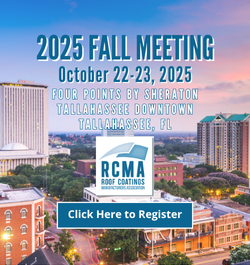











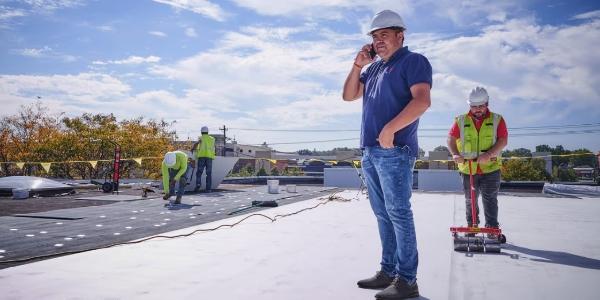
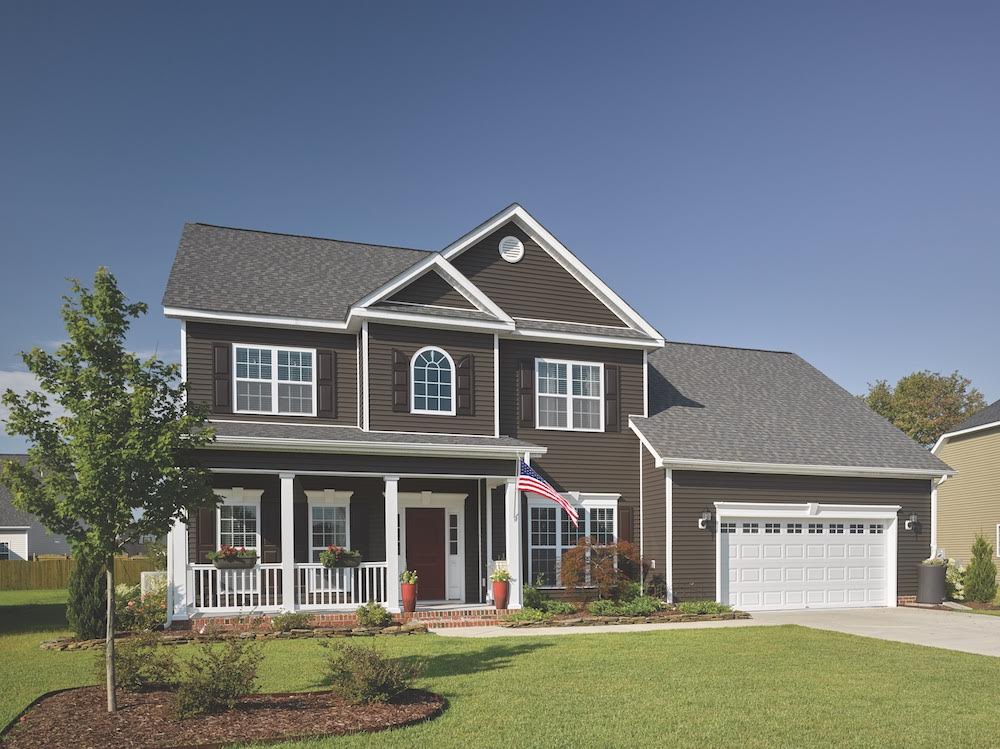
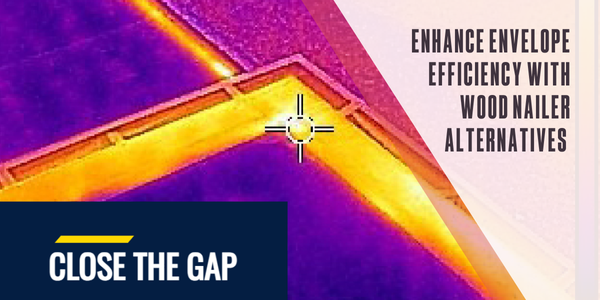
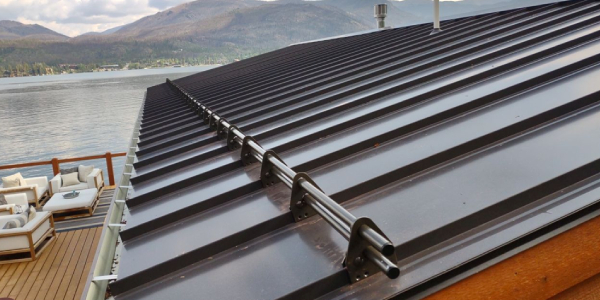




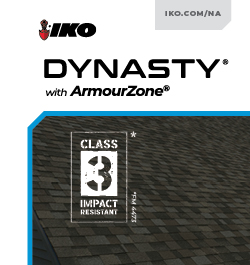

Comments
Leave a Reply
Have an account? Login to leave a comment!
Sign In